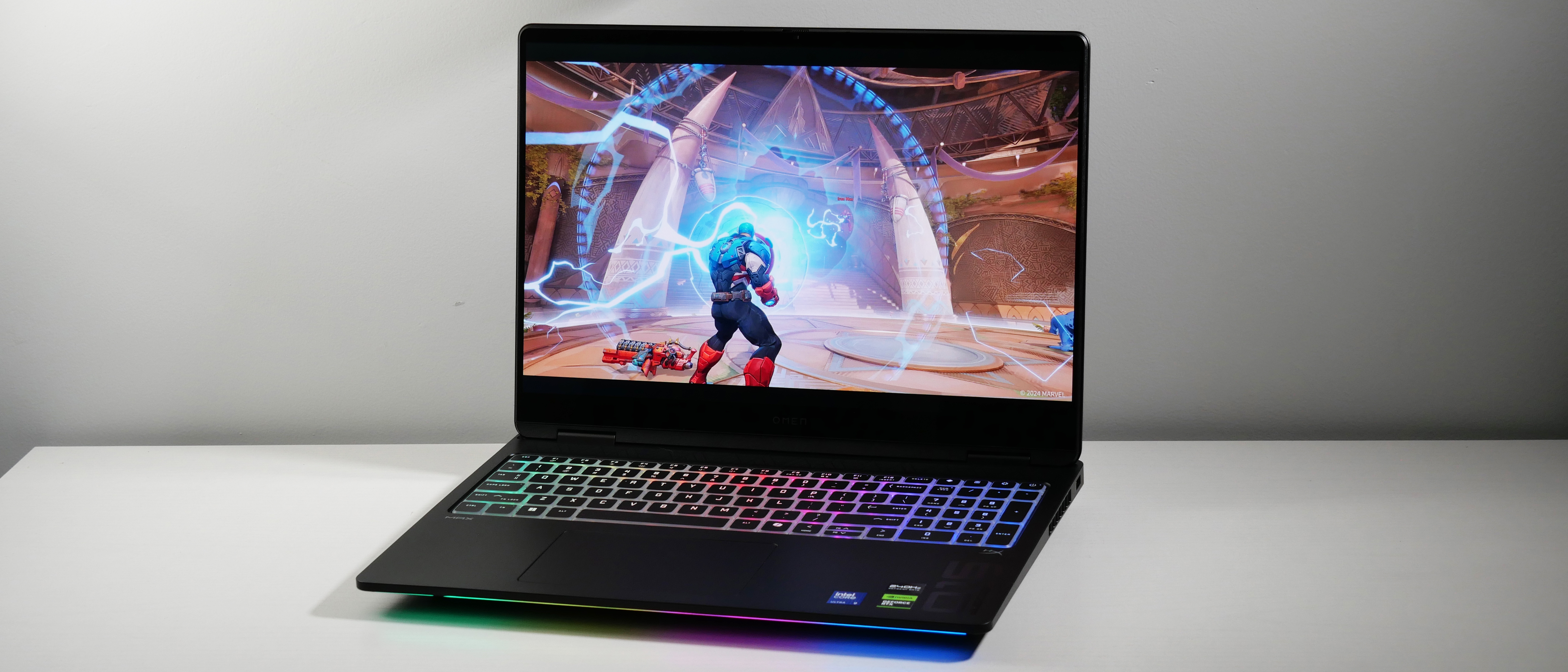This is War: Nvidia Ion vs. Intel ULV

After meeting with several notebook manufacturers over the last few weeks, it seems pretty clear that there are two schools of thought when it comes to the post-netbook era. There are those forging ahead with souped-up minis powered by Nvidia’s Ion graphics processors, while others are content with shifting their focus to low-cost ultraportables powered by Intel’s Ultra-Low Voltage processors. Some companies, such as HP, are simultaneously pursuing both strategies. However, in the end there will likely be only one winner; at the moment, I’d say that ULV has the edge, and that Nvidia has the most to prove.
Nvidia certainly has a good story to tell with Ion. When paired with Intel’s low-powered Atom processor, the GeForce 9400M graphics chip supports full high-definition video playback, better gameplay, and even respectable video editing chops. What remains to be seen, however, is how much of a battery life hit Ion will cause. One partner, off the record, told me that he’s seeing about an hour less endurance with Ion versus Atom. Given that netbooks with six-cell batteries tend to last an average of 6 hours on a charge, getting 5 hours isn’t a deal-breaker. But this delta may make some buyers think twice—especially since some ULV machines last 8 hours on a charge.
The other obstacle for Ion is price. In its Mini 311, HP is the only company, thus far, that has been smart enough to offer a $399 model with Nvidia’s GPU running Windows XP Home (with 1GB of RAM and a 160GB hard drive). Given that most premium netbooks cost $399 without Ion, that’s a very aggressive price. Nvidia’s other partners, such as Lenovo and Samsung, are going higher end. The Ion-powered Lenovo IdeaPad S12 will have the same amount of memory and storage space as the starting configuration of the HP, but runs Windows 7 Starter Edition. The Samsung N510 will cost $599, but upgrades the OS to Windows 7 Premium while offering 2GB of RAM and a 250GB hard drive.
If ULV-powered ultraportables didn’t exist, Nvidia and its partners would have no problem convincing consumers to pay a premium over a traditional netbook. But they do exist, and they complicate matters. Take the 11.6-inch Acer Aspire 1410. It packs a single-core 1.4-GHz ULV processor, plus the same amount of memory and same size hard drive as the Samsung N510 for $449. That’s $150 less. If I were Lenovo, Samsung, or anyone else selling an Ion-based ultraportable, I would follow HP’s lead and roll out Ion with XP at a low starting price, and let consumers decide whether they want to pay more for Windows 7 and other features.
Assuming you do want to run Windows 7, the challenge for Ion will be to demonstrate that you get more oomph for your money with Ion versus ULV. A lot more.
Editor-in-chief Mark Spoonauer directs LAPTOP's online and print editorial content and has been covering mobile and wireless technology for over a decade. Each week Mark's SpoonFed column provides his insights and analysis of the biggest mobile trends and news. You can also follow him on twitter.
Stay in the know with Laptop Mag
Get our in-depth reviews, helpful tips, great deals, and the biggest news stories delivered to your inbox.

